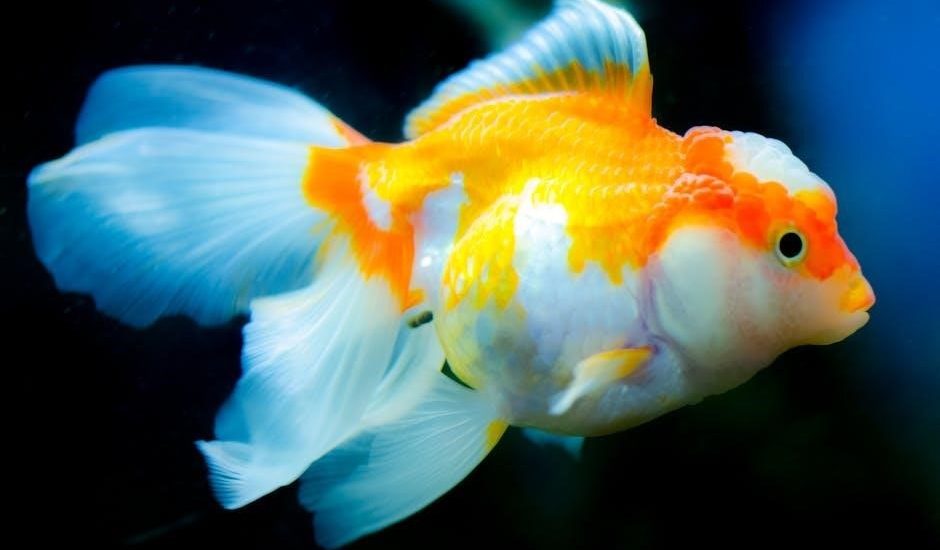A planted tank creates a natural, thriving ecosystem for fish and plants. It enhances water quality and offers a visually stunning environment. Perfect for beginners, it promotes biodiversity and requires minimal maintenance when properly set up with the right plants and equipment.
1.1 Benefits and Popularity of Planted Tanks
Planted tanks have gained immense popularity due to their unique blend of natural beauty and functionality. They offer numerous benefits, including improved water quality, as plants act as natural filters, absorbing excess nutrients. This creates a healthier environment for fish and reduces the need for frequent water changes. Additionally, planted tanks provide a stunning visual display, with lush greenery and vibrant colors that enhance any space. Many aquarists appreciate the therapeutic benefits of observing a thriving ecosystem, which can reduce stress and promote relaxation. The popularity of planted tanks also stems from their versatility, as they can be tailored to various styles, from minimalist designs to elaborate aquascapes. Beginners find them appealing because they are relatively low-maintenance when properly set up. Overall, planted tanks combine aesthetics, functionality, and a sense of accomplishment, making them a favorite among aquarium enthusiasts worldwide.
Choosing the Right Equipment

Essential components include high-quality lighting, nutrient-rich substrate, and reliable water circulation systems. Proper equipment ensures healthy plant growth and maintains optimal water conditions, creating a balanced ecosystem for both plants and fish to thrive in harmony.
2.1 Essential Components for a Planted Tank
Setting up a thriving planted tank requires careful selection of equipment. Lighting is crucial, with options ranging from low to high intensity, depending on plant needs. A nutrient-rich substrate is vital for root growth, while water circulation systems ensure even nutrient distribution. Filtration is necessary to maintain clean water, but it should be gentle to avoid disrupting plant life. CO2 injection systems enhance plant growth by providing carbon dioxide, a key component for photosynthesis. Heaters and thermometers are essential for maintaining stable water temperatures, which promote healthy plant metabolism. Additionally, aquarium size and shape play a role in creating a balanced ecosystem. Each component must be chosen based on the specific needs of the plants and fish, ensuring harmony and sustainability in the tank. Proper equipment selection lays the foundation for a successful and visually stunning planted aquarium.
Selecting Aquarium Plants
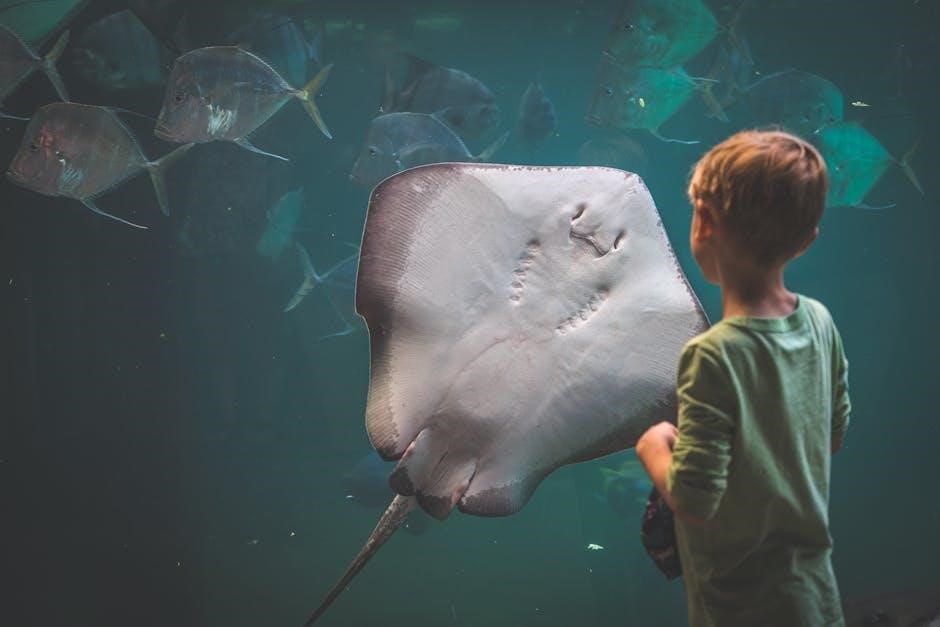
Selecting the right plants is key to a thriving tank. Beginners should opt for low-maintenance species like Java Moss or Anacharis. These plants are easy to care for and provide a natural habitat for fish, enhancing both beauty and functionality.
3.1 Popular Species for Beginners
For those new to planted tanks, selecting hardy and adaptable plants is essential. Java Moss and Anacharis are excellent choices, thriving in low-light conditions and requiring minimal care. These plants are perfect for creating a natural environment and stabilizing water quality. Additionally, Amazon Swordplants and Cryptocorynes are popular for their aesthetic appeal and ease of maintenance. These species adapt well to various tank conditions and provide a lush, vibrant appearance. Beginners should also consider Water Wisteria, which grows quickly and helps maintain water clarity. These plants not only enhance the tank’s beauty but also support a healthy ecosystem for fish. By starting with these species, newcomers can build confidence and gradually experiment with more demanding plants as they gain experience.
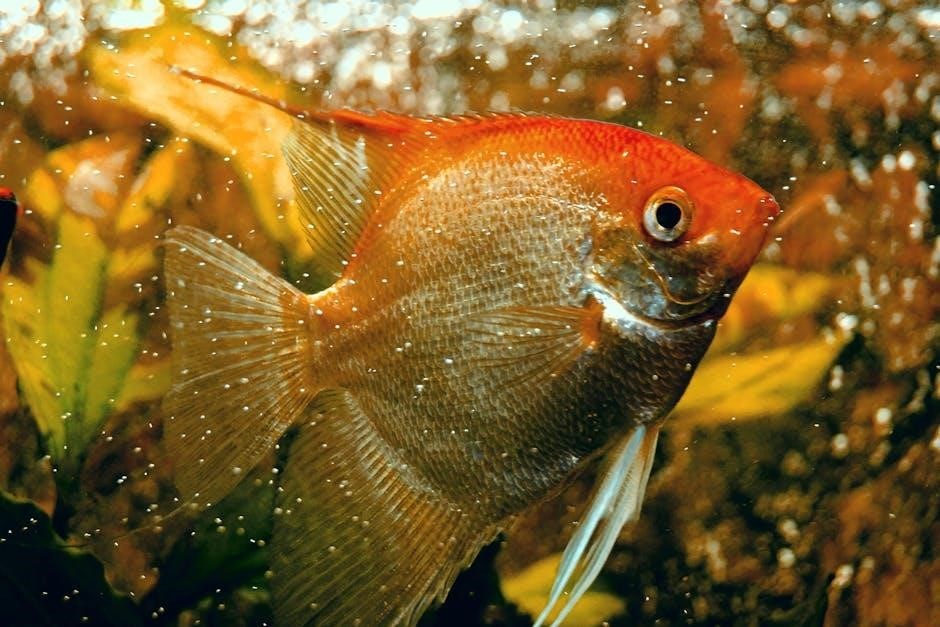
Setting Up Your Planted Tank
Setting up a planted tank involves careful planning and execution. Start with a suitable substrate, add essential nutrients, and install proper lighting. Introduce plants gradually, ensuring they are securely planted. Cycle the tank before adding fish to maintain a balanced ecosystem.
4.1 Step-by-Step Guide to Tank Setup
Setting up a planted tank requires careful planning and execution. Start by selecting a suitable location for your tank, ensuring it is level and away from direct sunlight. Next, rinse the substrate thoroughly and layer it evenly at the base of the tank. Install essential equipment such as a heater, filter, and lighting system, ensuring they are compatible with your tank size and plant needs.
Plant selection is crucial. Choose low-maintenance species for beginners, such as Java Moss or Anacharis, and plant them securely in the substrate. Add decorative elements like rocks or driftwood to enhance aesthetics and provide hiding places for future fish. Cycle the tank by adding dechlorinated water and allowing it to establish a healthy bacterial colony before introducing any aquatic life.
Regular water changes and monitoring of water parameters are essential during the initial setup phase. Avoid overstocking with plants or fish, as this can disrupt the balance of the ecosystem. With patience and proper care, your planted tank will thrive, creating a stunning and sustainable underwater environment.
Maintenance and Care
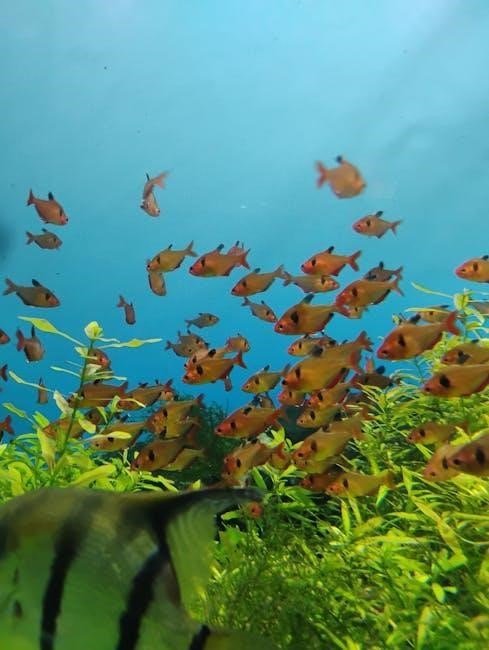
Regular water changes, monitoring of lighting, and balanced fertilization are key to maintaining a thriving planted tank. Ensure proper CO2 levels and avoid overstocking to prevent imbalances. Consistent care routines will keep your aquatic ecosystem healthy and visually stunning.
5.1 Daily and Weekly Maintenance Tasks
Daily maintenance involves monitoring water parameters, checking CO2 levels, and ensuring proper water circulation. Inspect plants for signs of stress or algae growth. Perform partial water changes weekly, typically 10-20% of the tank volume, to maintain water quality. Clean the glass walls regularly to prevent algae buildup and ensure optimal light penetration for plant growth. Fertilize plants weekly, following the recommended dosage for your tank’s specific needs. Prune or trim overgrown plants to maintain aesthetics and promote healthy growth. Monitor fish behavior and health, ensuring they are active and free from disease. Check equipment functionality, such as filters and heaters, to ensure they are operating correctly. For low-tech tanks, maintain consistent lighting schedules to avoid shocking the plants. Regularly test water hardness, pH, and nutrient levels to ensure a balanced ecosystem. By following these routines, you can create a stable and thriving environment for both plants and fish in your planted tank.
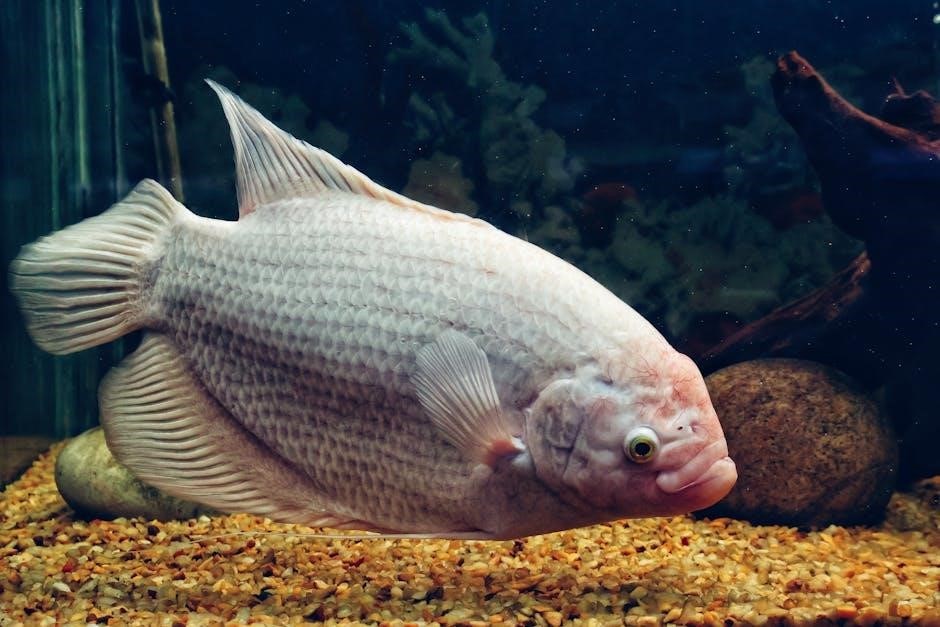
Introducing Fish to Your Planted Tank

Introducing fish to a planted tank requires careful selection of compatible species. Ensure fish are acclimated slowly to avoid shocking them. Choose species that thrive in aquatic plant environments and maintain a stable ecosystem for both fish and plants to flourish.
6.1 Compatible Fish Species for Planted Tanks
Selecting the right fish for your planted tank is crucial for a harmonious ecosystem. Popular choices include small, peaceful species like neon tetras, harlequin rasboras, and dwarf gouramis, which thrive in planted environments. Avoid large or aggressive fish that may damage plants or disrupt the balance. Hardy species such as zebra danios and white cloud mountain minnows are also excellent for beginners, as they adapt well to various water conditions. For a community tank, consider adding schooling fish like lemon tetras or honey gouramis, which add movement and color without stressing the plants. Ensure compatibility by researching each species’ specific needs and behaviors. A well-chosen mix of fish will complement your aquatic plants, creating a vibrant and balanced aquarium. Always introduce fish gradually to prevent shocking the system and maintain water stability for both fish and plants to flourish.
Troubleshooting Common Issues
Identify and address issues like algae blooms, plant decay, or water quality problems promptly. Regular water changes, proper lighting adjustments, and balanced nutrient levels are key solutions. Use test kits and liquid carbon for plant health and stability.
7.1 Algae and Plant Problems
Algae blooms and plant decay are common challenges in planted tanks. Excessive algae growth often results from too much light, nutrients, or poor water circulation. Regular water changes and balancing nutrient levels can help control algae. For plant problems, ensure proper lighting and CO2 levels.
- Algae Control: Introduce algae-eating organisms like snails or shrimp. Use liquid carbon for planted tanks to starve algae of nutrients.
- Plant Health: Monitor for signs of decay, such as yellowing leaves. Trim dying plants to prevent rot and maintain water quality.
- Prevention: Avoid over-fertilizing and ensure adequate water flow. Maintain a consistent lighting schedule to promote healthy plant growth.
Addressing these issues early prevents tank imbalance and ensures a thriving ecosystem for both plants and fish.
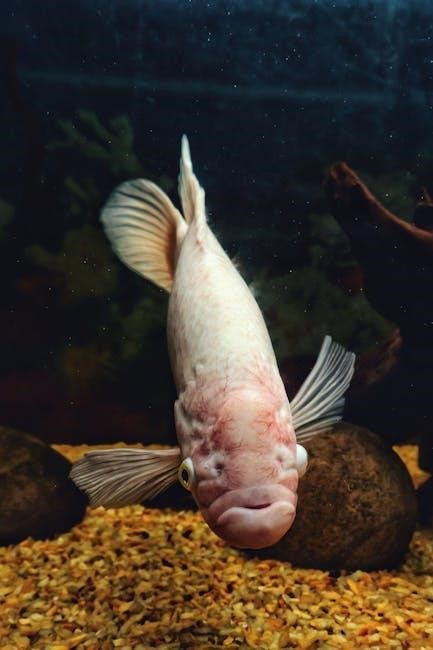
Advanced Techniques for a Thriving Tank
Advanced techniques like aquascaping and CO2 injection elevate your tank’s beauty and health. These methods enhance plant growth and create stunning visuals, ensuring a balanced and thriving aquatic ecosystem for both plants and fish to flourish.
- Aquascaping: Design artistic layouts with rocks, driftwood, and plants.
- CO2 Injection: Boost plant growth by maintaining optimal CO2 levels.
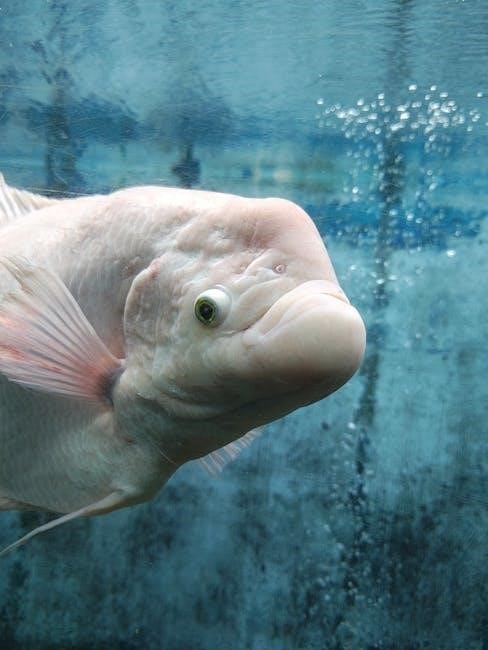
8.1 Aquascaping and CO2 Injection
Aquascaping transforms your planted tank into a stunning underwater landscape. It involves strategically placing rocks, driftwood, and plants to create visually appealing designs. This artistic approach enhances the tank’s beauty and provides hiding places for fish.

CO2 injection is a advanced technique that boosts plant growth by increasing carbon dioxide levels in the water. Plants use CO2 for photosynthesis, and higher levels can promote healthier, faster-growing plants. However, it requires careful monitoring to avoid harming fish and invertebrates.
- Aquascaping Tips: Start with a substrate layer, add hardscape elements, and plant around them. Balance natural and artistic elements for a cohesive look.
- CO2 Injection Tips: Use a CO2 regulator and diffuser for precise control. Monitor CO2 levels with a drop checker and adjust according to plant response and fish health.
Combining aquascaping and CO2 injection creates a thriving, visually striking ecosystem. Proper execution enhances plant growth and tank aesthetics, making it a rewarding experience for advanced hobbyists.

